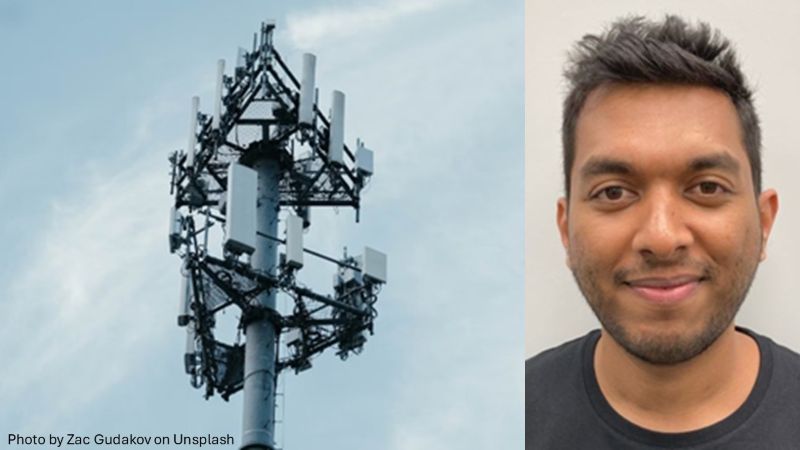The innovator’s dilemma – Case study 5G/6G
“The innovator’s dilemma” was first described in 1997 by Prof. Clayton M. Christensen from Harvard Business School in his famous book with the same name. The innovator’s dilemma describes the situation, why big and traditional businesses fail suddenly, when new innovative companies emerge. These new companies create new markets, which are destroying or disrupting old markets, bringing down the incumbent companies. This failure of traditional companies happens often although or because the companies just behave according to the best management practice.
Typically, technological development happens along an s-curve. After a new technology emerges, it matures, becomes available to a mass market, and finally becomes a commodity. Big successful companies are usually developing and selling products which are technologically mature and try to improve them even further. That means, those companies are allocating all their resources to sell their customers just improved versions of their products. The technological improvement is typically incremental and not disruptive, since no new markets are created.
In this situation start-up companies or new entrants from bordering sectors have a chance to disruptively innovate markets and overtake the incumbents. This happens through the use of new disruptive technologies or the novel application of old technologies. In this position a disruptive company can either sell their products to a different buyer group creating a new market or sell simpler products at a lower price than the incumbents. Typically, the technology advances than through a new technology s-curve. That means, a new technology becomes mature enough that it is both relatively cheap and has good enough product performance, so that it is eventually appealing to users in the mass market. This is when the new entrant in the market gets an advantage over the old businesses.
In his DU oral exam, 2025 graduate Sundeep Hegde used the example of 5G/6G in telecommunications to describe the phenomenon. Here, he describes that the telecommunications providers are still trying to increase the adoption of 5G technology and further monetize it. This is also due to the high investment costs which they incurred. At the same time, Hyperscalers are aiming already for the adoption of 6G, offering additional services, such as the integration of 6G.
Here are the slides of his examination:
About the author
 Sudeep Hedge is a Senior Communication Systems Researcher (3GPP delegate) at SHARP Laboratories of America and held similar positions before at Bosch and Nokia Bell Labs. He has a Bachelor degree in telecommunications engineering from the B. M. S. College of Engineering and a Master degree in information and communication systems from the Hamburg University of Technology. In 2025, he obtained the DU IPBA from the CEIPI, University of Strasbourg.
Sudeep Hedge is a Senior Communication Systems Researcher (3GPP delegate) at SHARP Laboratories of America and held similar positions before at Bosch and Nokia Bell Labs. He has a Bachelor degree in telecommunications engineering from the B. M. S. College of Engineering and a Master degree in information and communication systems from the Hamburg University of Technology. In 2025, he obtained the DU IPBA from the CEIPI, University of Strasbourg.



